How to Grow Creeping Phlox
Creeping Phlox (Phlox stolonifera) is a flowering plant from the Polemoniaceae family. It is a low-growing plant that forms thick, colorful carpets of blooms and is often used as ground cover in rock gardens or even found growing between cracks in stone walls. This plant is particularly favored in landscaping due to its ability to cover large areas with vibrant flower carpets.
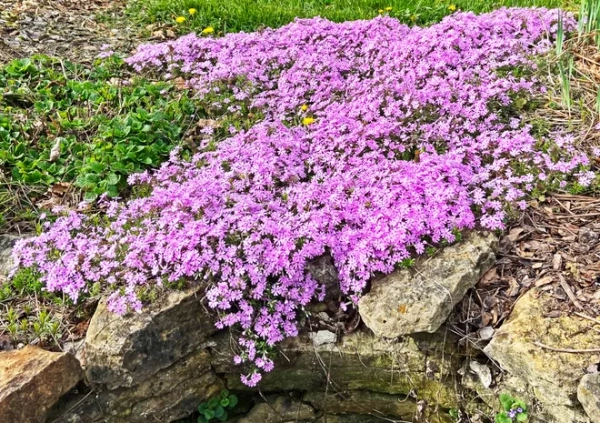
Creeping Phlox thrives best in regions with temperate climates, where it receives plenty of sunlight and is planted in nutrient-rich, moist, and well-draining soil. The plant can tolerate a variety of soil types, from acidic to alkaline. When planted in an ideal location, it will bloom brilliantly in spring and summer, showcasing bold colors like purple, pink, and white.
Detailed Information
- Common Names: Creeping phlox, moss phlox, star rock phlox
- Scientific Name: Phlox stolonifera
- Family: Polemoniaceae
- Plant Type: Herbaceous perennial
- Mature Size: Height 6–12 inches (15–30 cm), spread 9–18 inches (23–45 cm)
- Sun Exposure: Full sun to partial shade
- Soil Type: Loamy, well-draining soil
- Soil pH: Acidic to neutral to alkaline
- Bloom Time: Spring and summer
- Flower Colors: Purple, pink, white
- Hardiness Zones: USDA zones 5 to 9
- Native Area: North America
Popular Creeping Phlox Varieties
There are several varieties of Creeping Phlox, each offering unique colors to add diversity and beauty to your garden. Some popular varieties include:
- Phlox stolonifera 'Fran's Purple': Dark green foliage and deep purple flowers.
- Phlox stolonifera 'Home Fires': Bright, vibrant pink flowers.
- Phlox stolonifera 'Pink Ridge': Similar pink hue to 'Home Fires.'
- Phlox stolonifera 'Sherwood Purple': Soft, violet-blue flowers for a subtle charm.

Caring for Creeping Phlox
Creeping Phlox is a low-maintenance plant, but to ensure it thrives and displays vibrant blooms, you should follow these basic care guidelines:
- Watering: Creeping Phlox requires moderate moisture to grow well. Water the plant once every week or two if there is no rainfall in your area, making sure to keep the soil moist but not waterlogged. This plant prefers nutrient-rich and slightly acidic soil, so maintaining adequate moisture levels will help it stay healthy.
- Pruning: If you want to keep the phlox patch neat and tidy, prune mature plants regularly. Pruning will help control their spread; however, if you prefer a more natural look and want the plant to cover a larger area, you can limit pruning.
- Weed Control: Weeds can compete with Creeping Phlox for nutrients and moisture. Regularly remove weeds from the area to ensure that the phlox does not have to compete for soil resources, allowing it to grow more robustly.
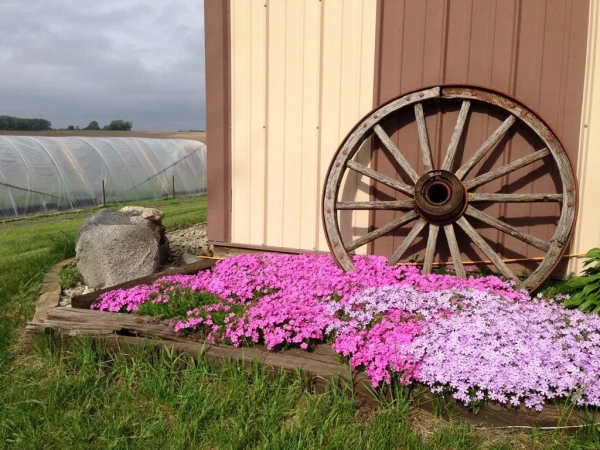
Habitat Requirements for Creeping Phlox
- Light: Creeping phlox thrives best in full sun to partial shade. If the plant receives too little light, its blooming potential may be limited. Therefore, choose locations with ample sunlight to ensure the plant produces abundant, even blooms.
- Soil: Creeping phlox prefers rich, well-draining soil with plenty of organic matter. It grows best in slightly acidic soil but can tolerate neutral and slightly alkaline soils as well. It's essential to prevent waterlogging to protect the plant's roots from damage.
- Water: Creeping phlox requires moderate watering. Mature plants are drought-tolerant, but during hot summers or in the absence of rain, water the plant weekly to maintain soil moisture and promote healthy growth and blooming.
- Temperature and Humidity: Creeping phlox is a hardy plant, withstanding heat and some frost. However, prolonged exposure to temperatures below 40°F (around 4°C) may harm the plant. Humidity is generally not a significant factor for this plant, as it can thrive in moderate humidity levels.
- Fertilizer: Fertilizing in late winter or early spring will help strengthen the plant and encourage more robust blooming. Use a slow-release fertilizer designed for flowering plants, following the instructions on the label for the best results.
Propagation and Care for Creeping Phlox
1. Propagating Creeping Phlox
Creeping phlox is most effectively propagated through division. This method is not only a cost-effective way to obtain new plants but also helps rejuvenate mature plants that have grown too large. Typically, you can divide the plant every two to three years to maintain its health without significantly affecting its growth. Follow these steps:
- Dig up the plant: Immediately after blooming, carefully dig up the entire plant, ensuring the root system remains intact.
- Divide the plant: Use a sharp, sterilized shovel to cut the plant into two or more sections, making sure each section has healthy roots.
- Replant: Plant each section in a suitable new location, allowing enough space between them. Water lightly to keep the soil moist and help the plant adapt and grow quickly.
2. Common Pests and Diseases
Although Creeping Phlox is generally resistant to pests, under unfavorable conditions, a few issues may arise:
- Spider mites: In hot, dry climates, spider mites can attack the plant. Insecticidal soap is effective for treating infestations. Additionally, spraying the plant with strong jets of water regularly can help dislodge spider mites and keep them under control.
- Slugs and leaf nematodes: In wet conditions, slugs and leaf nematodes may cause damage. Nematodes turn leaves brown and then black. It is essential to remove and destroy infected plants, as these soil-dwelling creatures are challenging to control. Keeping the area around the plant clean of debris can also help.
- Powdery mildew: The good news is that Creeping Phlox is less prone to powdery mildew than other Phlox species. However, providing adequate air circulation around the plant is still crucial to prevent even minor outbreaks.
- Flowering Time and How to Encourage Creeping Phlox to Bloom
- Blooming season: Creeping phlox typically begins flowering from late spring to early summer, depending on the climate. The bloom period can last for several weeks, creating a vibrant and colorful display.
- Appearance and fragrance: Creeping phlox produces clusters of softly scented flowers with five rounded lobes and a generally flat surface. These flowers attract butterflies and other pollinators, adding vibrancy and diversity to your garden. After flowering, the foliage remains green and lush throughout most of the year, fading as winter approaches.
- Encouraging more blooms: To encourage more abundant flowering, make sure your Creeping Phlox gets enough sunlight and is fertilized regularly. Deadheading (removing spent flowers) is not necessary but can, in some cases, extend the blooming period. Avoid pruning the plant before it has finished flowering to prevent removing flower buds.
Common Issues and Solutions
- Yellowing leaves: Yellowing leaves can indicate several problems, often related to environmental stress, such as insufficient light or overwatering. Make sure your plant isn’t in deep shade and has good drainage. If the issue persists, consider relocating the plant to a more suitable spot.
- Leaf spots, soft stems, and root rot: These problems typically occur when the plant is grown in poorly draining, overly wet soil. Ensure good air circulation and plant Creeping Phlox in well-draining soil. If root rot occurs, immediately remove infected plants and treat the soil to prevent the disease from spreading.
- Poor blooming: Environmental issues like insufficient sunlight or too much nitrogen in the soil can reduce flowering, promoting lush foliage but fewer blooms. If your mature plant produces fewer flowers, it may also be a sign that division is needed to rejuvenate the plant and encourage better blooming.
Creeping Phlox is an excellent choice for creating vibrant, colorful carpets in the garden. By paying attention to its habitat needs and addressing minor issues, you can enjoy a garden filled with beautiful blooms all season long.
Tags: Indoor Ornamental Plants | Outdoor Ornamental Plants | Bonsai Plants | Aquatic Ornamental Plants | Miniature Ornamental Plants |













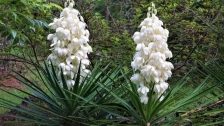








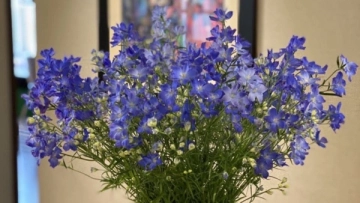


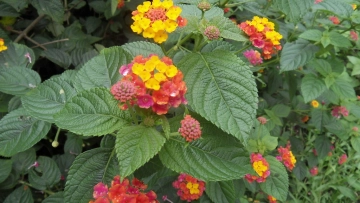

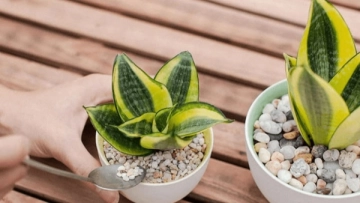
Angel Espallargas Gabilondo
September 28 , 2024
Thanh Thao
September 27 , 2024